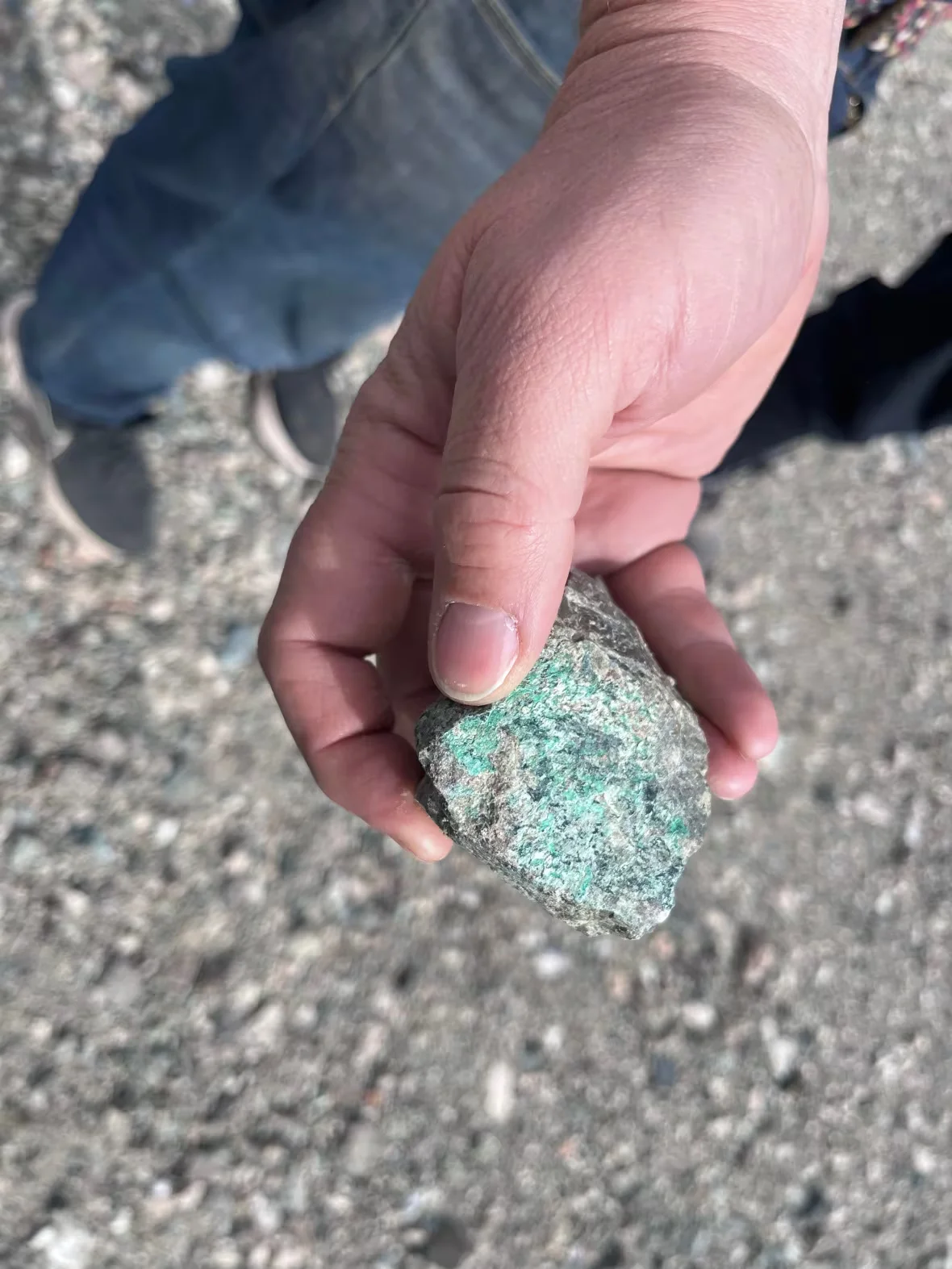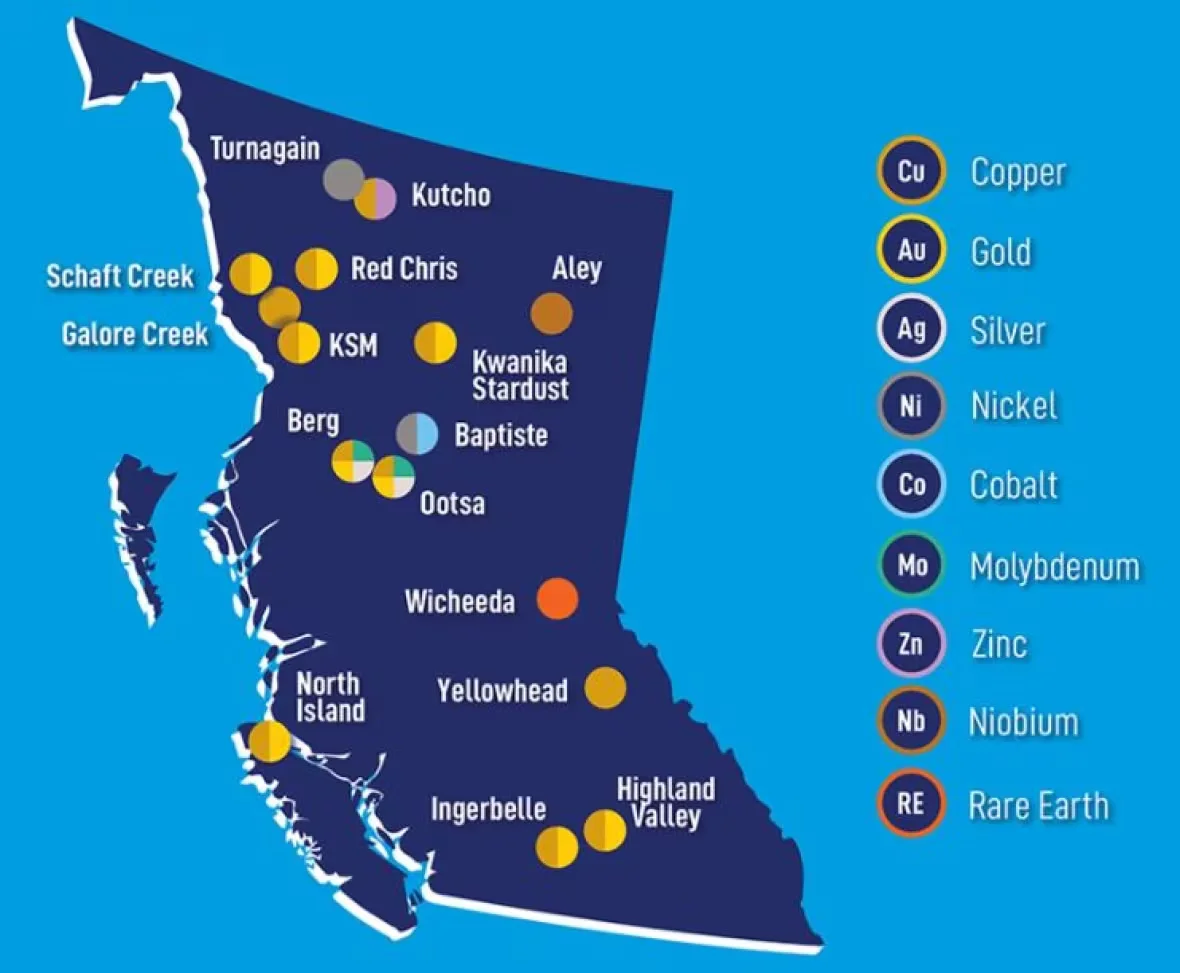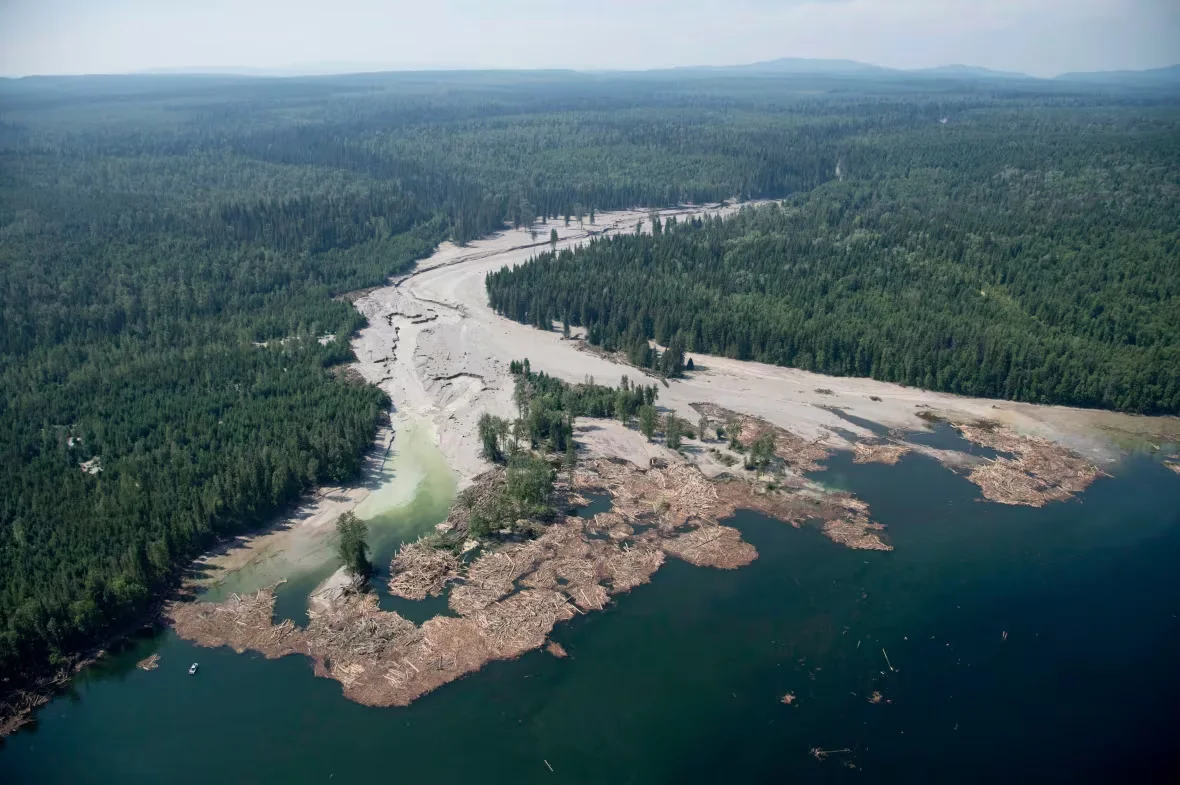Source: CBC
By: Chad Pawson
Date: January 13, 2024
As British Columbia prepares to reveal its plan to take advantage of demand for critical minerals used in electric vehicles, solar panels and wind turbines, the association for mining in the province says more than a dozen new mines could average $1 billion in revenue each per year if they’re approved.
The Mining Association of B.C. (MABC), which represents steel-making coal, metal and mineral operations as well as smelters and advanced development companies, commissioned a study to look at the economic impact of 14 potential critical-mineral mines and two mine extensions.
The association says critical minerals have the potential to be a major economic driver for B.C. — greater than wood product manufacturing, the motion picture industry and residential building construction combined.
The study’s release comes after months of work by the province on its upcoming critical minerals strategy.
The strategy aims to transform the mining sector and bring together First Nations, communities and industry in a responsible way to unlock B.C.’s contribution to what Energy, Mines and Low Carbon Innovation Minister Josie Osborne describes as the “world’s energy transition.”
B.C., which is already Canada’s top producer of copper, has known deposits of 16 of the 31 critical minerals seen as necessary building blocks of the technology to help combat climate change.
 A stone showing copper mineralization. B.C. is the biggest producer of copper in Canada. (Leslie Amminson/CBC)
A stone showing copper mineralization. B.C. is the biggest producer of copper in Canada. (Leslie Amminson/CBC)
“This is a generational opportunity which must be seized and could position B.C. as a leading global supplier of responsibly produced critical minerals,” said MABC president and CEO Michael Goehring in a release.

A graphic from the Mining Association of B.C. shows the locations of 14 potential new critical mineral mines and two existing ones. (Mining Association of B.C.)
The study, made public this week, was conducted by third-party consulting firm Mansfield Consulting Inc.
It found that if all 14 new mines were approved, and two currently operating were extended, each would generate a gross domestic product — the value of all goods and services produced — of $24.8 billion over the average 24-year lifespan of each operation.
The study found the proposed mines — ranging from a copper/gold operation in northern Vancouver Island to a niobium mine in northeastern B.C. and a nickel mine in the northwest — would generate a combined $183.8 billion in labour income over their lifespans and generate more than $154 billion in tax revenue for all levels of government.
The 16 critical-mineral mines in the report are also projected to earn $403 billion in revenue over a combined 385 years of operation. That’s an average revenue of $1 billion from one year of operation at a critical-mineral mine.

The devastation from the collapse of the Mount Polley mine tailings dam is shown in an aerial photo from Aug. 5, 2014. (Jonathan Hayward/Canadian Press)
The report was met with optimism from business and union leaders, and some First Nations who have been negatively affected by mining in their territories in the past.
Chief Willie Sellars of Williams Lake First Nation, whose traditional territories include the site of Imperial Metals’ Mount Polley Mine — which experienced a catastrophic tailings pond breach in 2014 — said in reaction to the MABC study that First Nations must be involved in any new mines.
“The potential development of critical minerals is worthy of consideration, if done right and with the input and involvement of First Nations on whose land the mineral resources are found,” Sellars said in a release.
“Economic reconciliation is about levelling the playing field. Now is the opportunity to be a part of that together.”
Some of the mines referenced in the study are years away from being ready for extraction. The projects must also pass assessment from B.C.’s Environmental Assessment Act to ensure they meet environmental, economic and social sustainability goals.
5 demands from industry
In tandem with the study, MABC says the province must do five things to realize the economic benefit that critical minerals can provide.
It wants a more competitive fiscal framework for B.C. mines and smelters in line with what exists in Ontario and Quebec, saying the B.C. industry pays too much in carbon tax despite having lower emissions in comparison to other mining operations globally.
It also wants faster permitting processes; more funding to help First Nations involvement in land-use decisions; investments to help electrify and power mines; and improvements around how to train and retain more workers.
B.C. officials would not commit to a date for when the province’s critical-minerals strategy would be made public, but some industry insiders expect it before the spring.
Industry watchers and academics say the strategy needs to balance getting minerals out of the ground while avoiding any negative impacts such as environmental degradation.
Environmental concerns
Despite their economic potential, any new mines must not contribute to environmental harm, said Nikki Skuce, co-chair of B.C. Mining Law Reform Network, which was founded in 2019 to promote changes to mineral development laws and mining practices to ensure they are environmentally sound.
“The biggest challenges for the mining industry is around water and waste and those sorts of externalities are completely ignored in this report,” she said about the MABC study.
Skuce, who authored the June 2023 report Critical Minerals: A Critical Look, is looking for B.C.’s critical mineral strategy to weigh the need for new mines against economic opportunities to provide the minerals in other ways such as battery recycling, and designing cities and ways of life to use fewer natural resources.
“There’s a desire for another big mining boom, but we can’t actually mine our way out of the climate crisis … we just don’t physically have the resources,” she said.
John Steen, director of the Bradshaw Research Institute for Minerals and Mining at the University of British Columbia, said he believes in the MABC study’s numbers, making it hard for the province to ignore.
“Obviously MABC has an agenda … but they’re flagging that in addition to being essential for the energy transition, there are huge economic benefits for the province,” Steen said.



